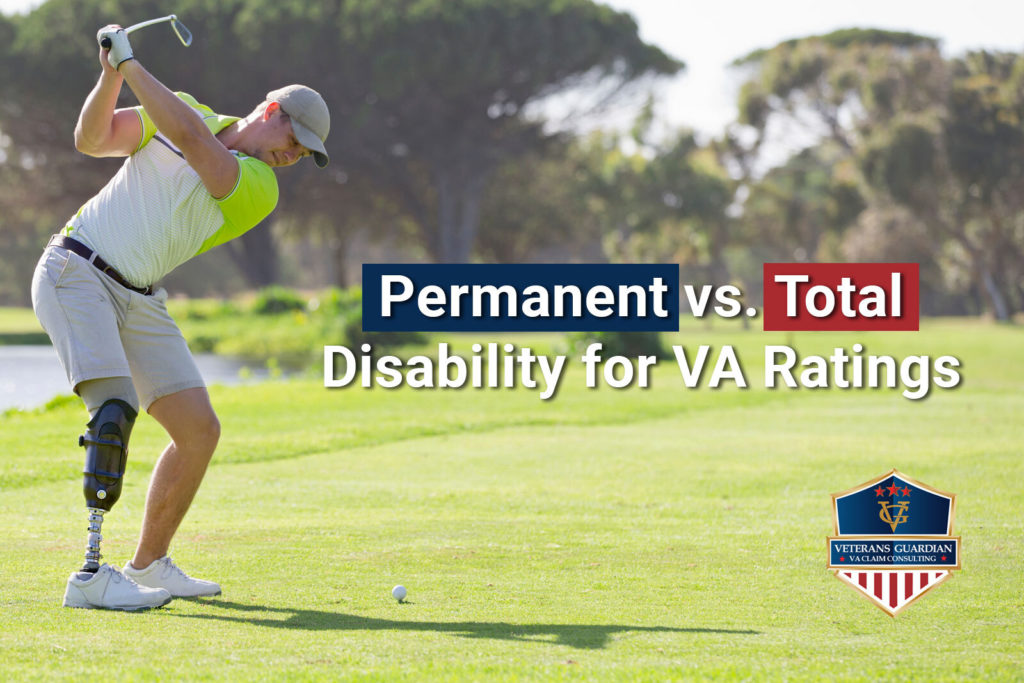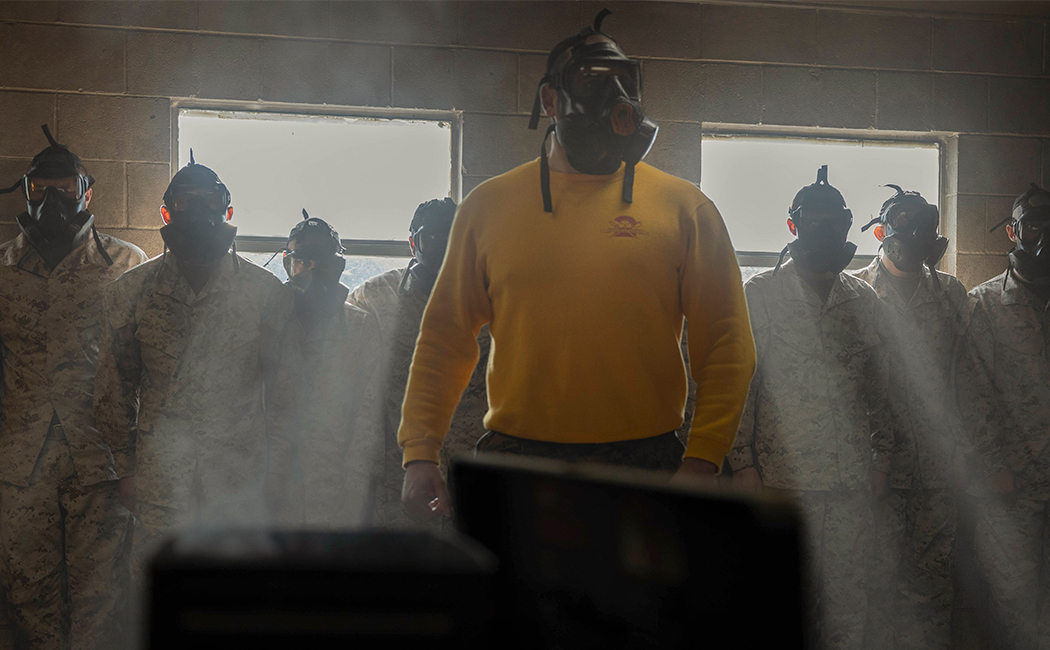
US Military Veterans who were physically or emotionally injured or contracted an illness from a service-connected event or whose existing illness or injury was aggravated by a service-connected event can make a disability claim through the VA – the Department of Veterans Affairs. The VA then assigns a disability rating to their claim based on how much the illness or injury affects their ability to work and their quality of life. The disability compensation is intended to make up for their lost wages. The disability can be considered “total,” “permanent,” or “permanent and total.” Read on to find out what each of these disability ratings means and what kind of compensation you may receive for each rating.
WHAT IS A DISABILITY RATING?
When veterans apply for disability with the VA, they are given a rating based on the severity of their service-connected illness or injury. The rating is expressed as a percentage representing how much the injury or disease decreases a Veteran’s ability to function and overall health. The disability rating is then used to determine the amount of disability compensation the Veteran should receive each month, as well as their eligibility for additional benefits like health care.
TOTAL DISABILITY FOR VA RATINGS
When a Veteran is given a total disability for VA ratings, it is the equivalent of a 100% disability rating. This is the highest rating for a service-connected disability, meaning that the Veteran is disabled at the highest level related to their disability. With a total disability rating, the Veteran will receive the most compensation or benefits available within that rating schedule.
A Veteran will often reach 100% by combining their ratings for multiple disabilities. It is not easy to receive a total disability rating for a single disability.
It is important to note that a total disability rating does not mean the disability is also permanent; Veterans can be rated at 100% for a temporary disability.
A Veteran’s total disability rating can be reduced if the VA believes they have shown material improvement that there has been a significant change in their day-to-day function. Total or 100% disability ratings require recurring medical follow-up appointments.
PERMANENT DISABILITY
A disability is considered permanent by the VA if medical evidence shows that it is reasonably sure the severity of the Veteran’s condition will continue for the rest of their life without change or improvement. Common conditions that cause a Veteran to be permanently disabled include loss of a limb or a long-term illness. Veterans cannot apply for a permanent rating; this is determined by the VA alone.
The VA does not reevaluate permanent conditions. When a disability is determined to be permanent, the rating, payment, and benefits will not change for the rest of the Veteran’s life.
A Veteran’s service-connected illness or injury can be determined to be a permanent disability but not a total or 100% disability.
PERMANENT AND TOTAL DISABILITY
While a Veteran can receive either a permanent or a total (P&T) disability rating, their disability can also be determined to be Permanent and Total. This means they have a single condition that is both rated at 100% and not expected to improve during their lifetime. They do not receive reevaluations, and their 100% monthly benefits remain the same for the rest of their lives. The rating will not change, and the benefits are not reduced.
While those who receive a 100% – total – disability rating can possibly have their rating reduced, those determined to be permanently and totally disabled are protected from the possibility of the reduction of their rating.
Service-connected Injuries or illnesses that qualify as P&T Disabilities Include:
- A long-standing, totally incapacitating disease
- An injury that is not likely to improve with treatment
- The permanent loss (or loss of use) of one or both hands, feet, or eyes
HOW TO GET A PERMANENT, TOTAL, OR PERMANENT AND TOTAL DISABILITY RATING
The first step to receiving any rating, compensation, or benefits starts with filing a disability claim with the VA, filling out the VA Disability Benefits Questionnaire (DBQ), and submitting evidence that your illness or injury is connected to your active military service.
The VA then processes your claim and awards you a disability rating. If you are denied benefits or believe you deserve a higher rating, you may file an appeal.
Though you can’t specifically apply for permanent, total, or permanent and total disability compensation, if you believe and can prove that your disability is 100% and unlikely to improve, you can request a permanent rating by writing a letter to your VA Regional Office. This letter should include all medical evidence and treatment records showing that your condition is not expected to improve.
















